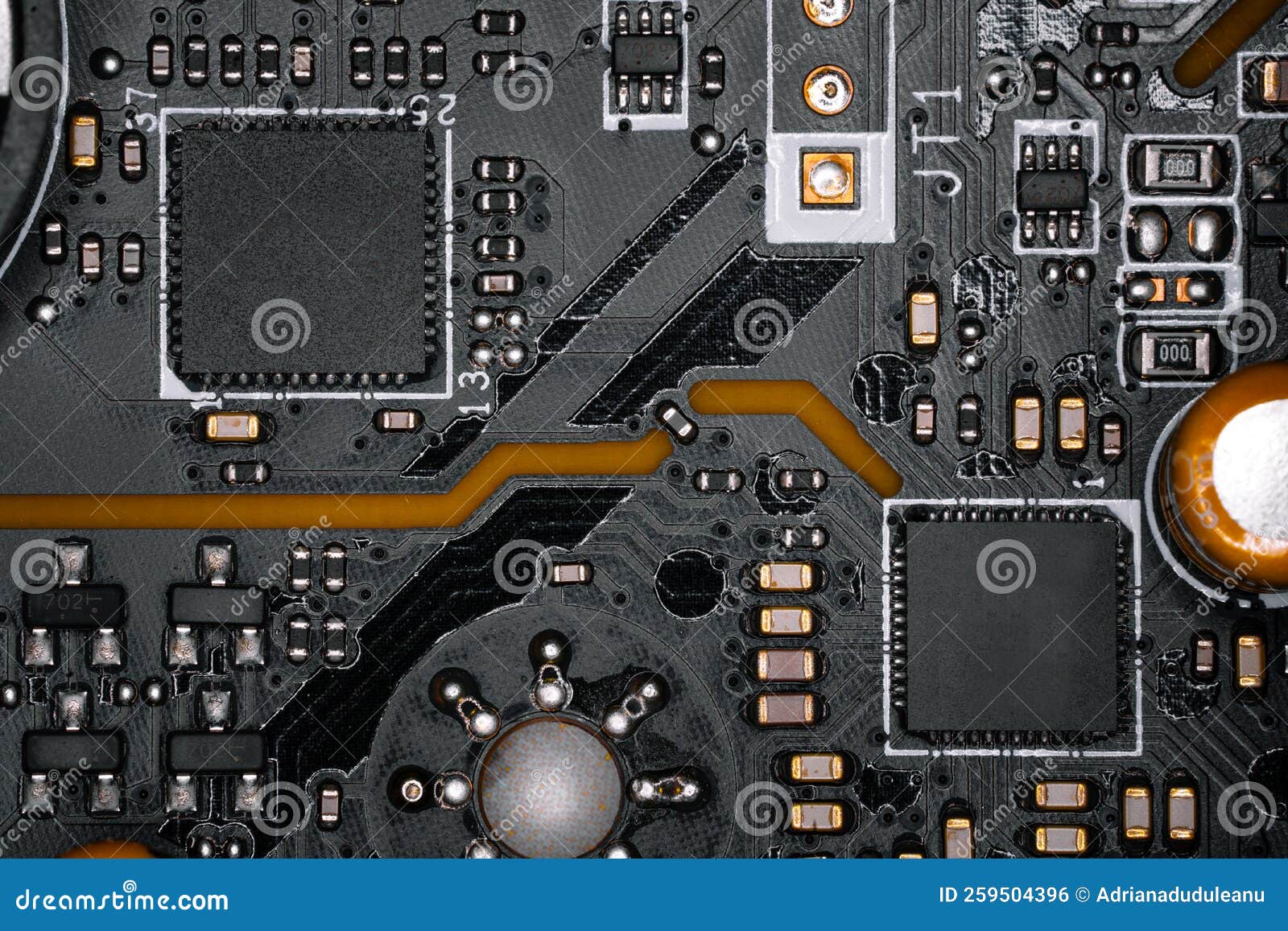In today’s tech-driven world, improving your computer setup can often feel like a daunting task. The rapid speed of innovation can make one questioning whether to invest in the latest models or explore different options. One exciting avenue that has gained traction among knowledgeable tech enthusiasts is the arena of surplus computer parts. Such parts can offer excellent value, allowing you to upgrade your system without breaking the bank.
Whether you're looking to build a budget gaming rig, refurbish an older laptop, or simply replace a malfunctioning part, knowing how to navigate the surplus market is crucial. In this comprehensive guide, we'll discuss everything you need to know about buying surplus computer parts, including tips on what to consider, how to identify high-quality components, and where to locate the best deals. With the appropriate knowledge and approach, you can revamp your setup and enjoy top-notch performance without the high price tag.
Purchasing Extra Personal Computer Parts
As looking into upgrading your configuration using surplus PC parts, it's important to understand the industry landscape. Excess components can provide considerable discounts versus new components while still delivering remarkable performance. Nonetheless, the crucial factor to a successful buy lies in recognizing what to pay attention to and ensuring that the components meet your expectations. Through a small amount of study and diligence, you can discover high-quality items at a reduced amount of their original cost.
One of the key important elements of buying excess parts is identifying a reliable vendor. Reputable providers, whether online or in brick-and-mortar locations, often present a warranty of condition or a return guarantee that can secure your purchase. Look for testimonials, ratings, and return policies before making a buy. It’s smart to also search for reputable sellers specializing in surplus items, as they are probably to have a proven inventory and helpful employees to help you.
Lastly, acquaintance with the specific parts you’re purchasing is important. Comprehend the specifications and compatibility of the items you require for your configuration. This knowledge will help you form wise choices and steer clear of frequent mistakes. For instance, inspecting the state of parts like mainboards, video cards, and PSUs can spare you from subsequent headaches and ensure that your enhanced system operates smoothly.
Analyzing Part Standards
As evaluating unused electronic components, the quality of each component is paramount to ensuring a reliable and functional setup. Start by inspecting the tangible state of the parts. Inspect for indications of wear, such as scratches, dings, or corrosion, which could signal mismanagement or inadequate storage. Parts that seem well-maintained are generally more trustworthy. Moreover, check for original labels and tags, as these can demonstrate legitimacy and help determine manufacturer specifics.

Subsequently, concentrate on testing the performance of the parts if possible. For computer surplus store as video cards and random access memory, you may discover benchmarking tests or evaluation tools online that can help confirm their capabilities. If the seller allows, attempt to evaluate the components in a operational system. This practical approach not only ensures that the components work but also offers you a chance to assess their capabilities in relation to current standards.
In conclusion, look into the credibility of the provider or source. Look for Web Site or reviews from previous clients to measure reliability. Well-known sellers often offer certain warranty or exchange policy, which can offer additional peace of mind when investing in excess components. By thoroughly assessing these factors, you can make informed decisions and prevent potential problems when improving your setup with surplus pieces.
Security and Compatibility Factors
While acquiring excess computer components, safety should consistently be a top priority. Before making a purchase, verify that the components are from a trustworthy seller. Look for vendors who provide a warranty or return policy, as this shows their assurance in the integrity of the items. Additionally, be careful of parts that exhibit excessive wear and tear or signs of defects, as these can result in potential risks such as electrical shorts or fires.
Compatibility is another vital factor. Various computer parts have specific needs and specifications. For example, mainboards, processors, and RAM must all be compatible with one another in terms of connection type, form factor, and specifications. Ensure to investigate the exact requirements of your setup and confirm that the excess components you consider will work together without issue. Compatibility assessment tools are accessible online, which can help you determine if a part will fit your build.
In conclusion, consistently check for the authenticity of the components. Counterfeit components can sometimes look very much alike to genuine products, but they can lack dependability and efficiency. Understand how to identify features of authentic components, such as logos, serial numbers, and quality indicators. By ensuring authenticity and suitability, you can have assured that your system not just runs efficiently but also is safe for use.
